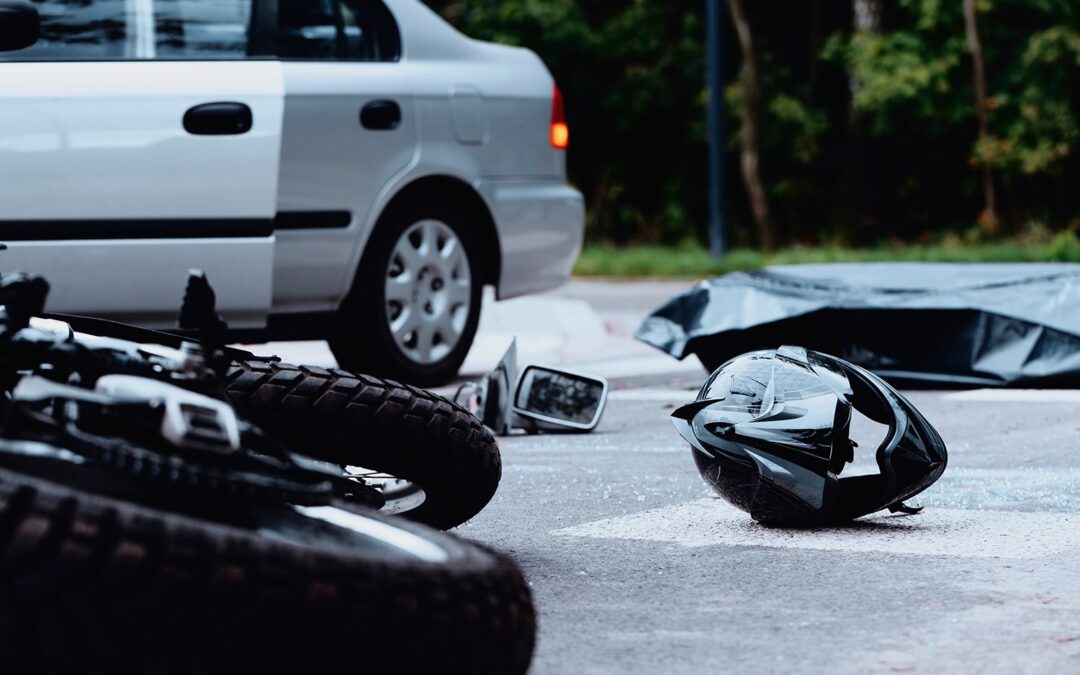Experiencing a motorcycle accident is challenging enough, but the situation becomes even more complex when your motorcycle is declared a total loss. A total loss occurs when the cost of repairing the motorcycle exceeds its value or when the damage is so severe that repairs are deemed impractical.
If you find yourself in this unfortunate position, it’s important to know the steps you need to take to protect your interests and secure a fair settlement. The legal team at Unidos Legales is here to guide you through the process, ensuring that your rights are protected and that you receive the compensation you deserve.
1. Understand What “Total Loss” Means
Before taking any action, it’s crucial to understand what “total loss” means in the context of your insurance policy. Generally, a motorcycle is considered a total loss when the cost of repairs exceeds a certain percentage of the bike’s actual cash value (ACV), typically around 70-80%. The insurance company will use this percentage, along with an assessment of the damage, to determine whether the bike is repairable or should be declared a total loss.
2. Obtain A Damage Assessment
After the accident, your insurance company will arrange for an adjuster to assess the damage to your motorcycle. It’s a good idea to get your own independent assessment as well, particularly if you believe the insurance company’s valuation is too low. This second opinion can provide leverage in negotiations and ensure that you receive a fair settlement.
3. Review Your Insurance Policy
Review your insurance policy to understand the coverage you have and the process for handling a total loss claim. Pay attention to how the ACV of your motorcycle is determined, as this value will form the basis of your settlement. If you have an agreed value policy, the amount you’ll receive will be the value agreed upon when you purchased the policy. Otherwise, the insurance company will determine the ACV based on factors like the bike’s age, condition, mileage, and market value.
4. Negotiate The Settlement Offer
Once the insurance company has assessed the value of your motorcycle, they will make a settlement offer based on its ACV. If you feel the offer is too low, you have the right to negotiate. Present evidence to support a higher valuation, such as recent sales of similar motorcycles, maintenance records, and any upgrades or customizations you’ve made to the bike. Your independent damage assessment can also be used as leverage in these negotiations.
5. Handle The Loan Payoff (If Applicable)
If you still owe money on a loan for your motorcycle, the settlement amount may be paid directly to your lender. In some cases, the settlement might not fully cover the remaining loan balance, leaving you responsible for the difference. This is where gap insurance can be beneficial, as it covers the shortfall between your loan balance and the insurance payout. If you don’t have gap insurance, consider discussing options with your lender.
6. Consider Your Options For A Replacement
After settling with the insurance company, you’ll need to decide whether to replace your motorcycle. If you plan to purchase a new bike, you can use the settlement money towards the down payment. Be sure to explore your options carefully and consider whether to purchase a new or used motorcycle.
Having your motorcycle declared a total loss after an accident can be a stressful experience, but by taking these essential actions, you can navigate the process more effectively. Understand your insurance policy, obtain a thorough damage assessment, consult with an abogado en accidentes de motocicleta en Woodland Hills, CA, and negotiate a fair settlement to ensure you’re adequately compensated. With the right approach, you can move forward and get back on the road, whether with a new bike or by making the best of the situation with your current one.

